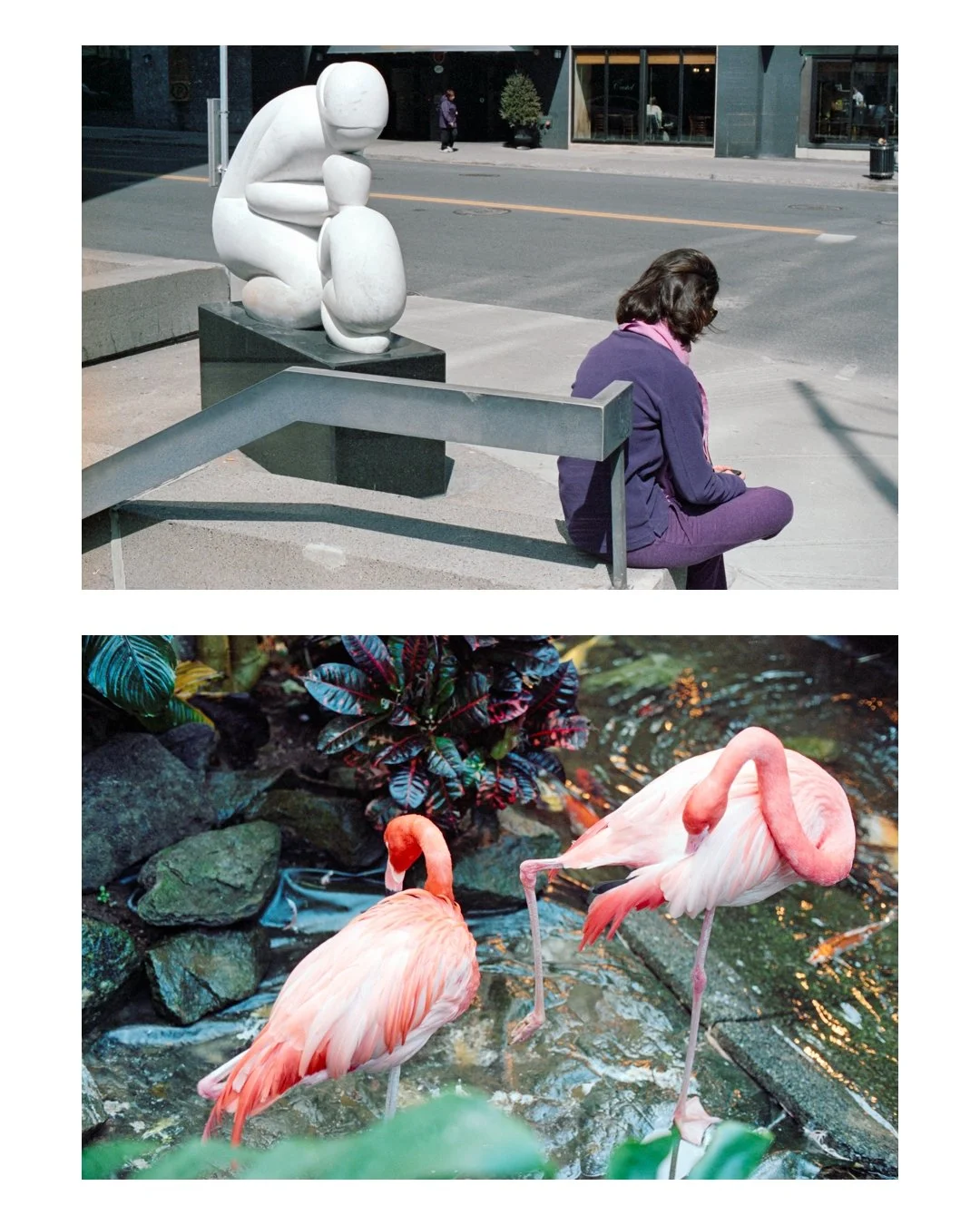Photographic Taste
It is a well-accepted truism that once you’ve become accustomed to the finer things in life you simply cannot abide to go back to the ordinary, the mass produced, and the tasteless.
Unfortunately, the opposite may also hold true: the ordinary, the mass produced, and the tasteless are powerful narcotics that numb the senses and make it impossible for you to appreciate the better things, which are usually more complicated, nuanced, and subtle.
Take, for example, cilantro, variously known as coriander and Chinese parsley. I hate cilantro. I avoid it assiduously, even in the supermarket aisle. It tastes like rotten detergent — perhaps like the soapy water you’ve left in the bottom of the casserole dish over night to soften the foody residue that once resembled dinner. On second thought, that vile soapy water may actually taste better than cilantro. But I’m not going to find out — because that would mean I would willingly have to eat cilantro again to make the comparison.
One possible explanation for my great aversion to cilantro is genetic. Just as one person can’t smell ammonia and another can, so you taste cilantro as the delicious green herb people assure me it is, while I taste it as rotten detergent. This theory hasn’t been proven.
Another possible and unproven explanation is upbringing. Cilantro contains a high concentration of a class of chemical compounds called aldehydes. Scented detergents also contain these aldehydes. If you haven’t grown up with cilantro in your diet, your brain confuses the herb with soap because of the aldehydes. So, it’s not your taste buds that are defective, but your palate, which is all about the brain.
The starchy, salty and sweet food that we North Americans have been conditioned to prefer has essentially destroyed our palates. The nauseating, overpowering mono-taste that we have come to expect from everything we eat has made it impossible for us to appreciate the varied and subtle flavours that abound in the real culinary world outside of fast food. And in the absence of a proper education, our brains latch onto the nearest (and vilest) simulacrum — in my case, detergent.
Of course, the dulling of our senses doesn’t end with our tongues. It extends to our ears and eyes. Even a modest survey of the history of recorded music and film will show that we require ever more crude, simple, and rapid-fire sounds and sights at ever increasing volume and brightness to be engaged by what now passes for “art.” Take an original album from the sixties or seventies and play it on your home stereo. Now take another in the same genre from 2010 and play it at the same volume setting. Which is louder?
Which brings me to photography — where I should pause for a brief disclaimer, this being a photography blog read by aspiring photographers. I am going to say some pretty strong words against a particular aesthetic in contemporary photography. It might be the tradition you follow. You may even be proud of it. Please be assured that I am not mounting any ad hominem attacks.
What we are talking about here is taste. And taste is by definition subjective. You are entitled to your taste and neither yours nor mine is any better or worse than anyone else’s. That being said, I think that individual taste falls victim to upbringing — if my experience of cilantro is anything to go by. And I do believe that it’s useful and important to ask why we have the tastes we do and whether we’re really being true to our unique personal vision, or merely reproducing what’s generally accepted as “good” photography in the popular sense.
So —
There is a “look” in photography that I am beginning to find quite nauseating. I call it the “heavily-saturated-high-contrast-compulsively-vignetted-shallow-field look.” I find this look everywhere — in wedding photography, in fashion photography (from which modern wedding photography derives much of its inspiration), in landscapes, in advertising, and in portraiture. It’s on the web and in print. And it’s apparently very well appreciated by everyone except me. I can’t help but ask myself why. Why do I have such a visceral reaction to it, and why has it become so entrenched in the contemporary photographic psyche?
Why purposefully vignette a landscape? Why raise the contrast so dramatically in a portrait so as to obliterate subtle shadows and textures and skin tones? Why resort always, automatically and without thinking, to excessively shallow depth of field? I am intelligent enough as a photographer to appreciate that occasionally there will be instances when you may want to do these things, but why treat every picture automatically the same way?




